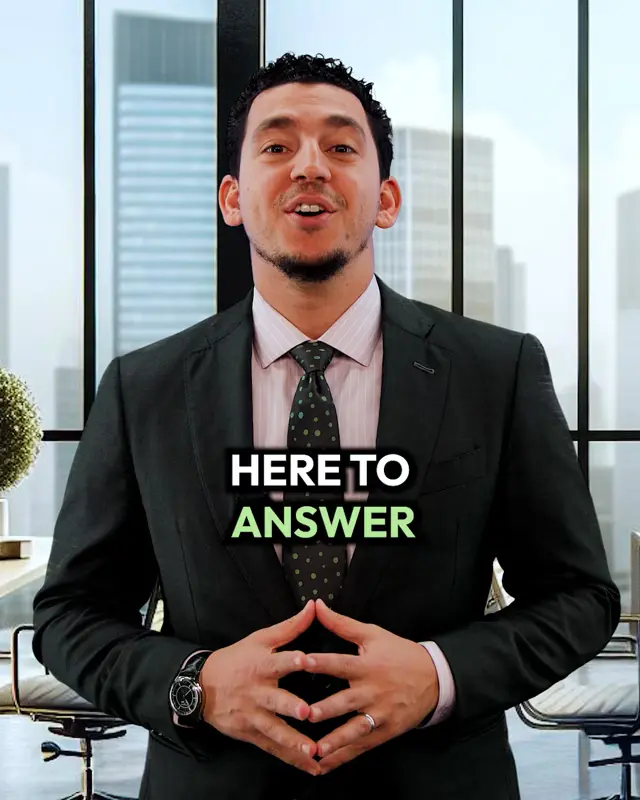
Have you been involved in a pedestrian-car accident? Contact Ali Awad, ‘the CEO Lawyer,’ and his team of experienced Atlanta car accident injury attorneys at the CEO Lawyer Personal Injury Law Firm by calling (470) 323-8779 or contacting us online. to receive your free and confidential case evaluation. Attorney Ali Awad, ‘the CEO Lawyer,’ established the CEO Lawyer Personal Injury Law Firm and quickly turned it into one of the fastest-growing law firms in the country. If we take your case, you won’t pay anything until we win.
How to Determine Who Is Responsible for an Accident Involving Pedestrians
There are undoubtedly some collision instances in which the driver of the vehicle is unequivocally at fault for colliding with a pedestrian. A few examples of typical violations include driving through a red light, failing to stop at a crosswalk that is clearly marked, and turning right on a red light in front of a pedestrian who is crossing the street.
However, compared to drivers of motor vehicles, pedestrians are thought to have a greater probability of avoiding being involved in an automobile collision. It is not difficult to understand why. Accidents involving pedestrians and motorists do not generally take place in areas away from roadways, and pedestrians are the ones who typically choose when and if they will cross a sidewalk or highway shoulder to enter a roadway.
From a purely legal sense, how should this situation be resolved? Accidents involving vehicles and pedestrians are adjudicated according to the principles of negligence law, just like the vast majority of other claims for bodily injuries.
The “Duty of Care” Obligations of Pedestrians and Drivers
One of the most important ideas in the field of personal injury law is the idea that every individual is obligated to act with a degree of caution that is commensurate with the specifics of their situation. When utilizing public spaces like streets, highways, and crosswalks, for instance, cars and pedestrians are expected to respect traffic regulations and “rules of the road.”
Regardless of who was driving or walking at the time of the incident, the law deems Person A to be negligent if they fail to act with the reasonable care that would be expected of them and their actions end up causing harm to Person B.
Comparative Negligence
The law of comparative negligence divides fault between the parties involved. If the plaintiff was also somewhat to blame for the accident, the defendant’s liability may be lowered, but it will not necessarily be eliminated altogether.
In the Event of a Collision Between a Pedestrian and a Car, What Kinds of Damages Are Available?
“Damages” refer to the losses that an accident victim may be entitled to recover by receiving financial compensation from the at-fault party and/or their insurer. When a collision occurs involving both a pedestrian and a car, either party or both parties may be eligible to file a claim against the other, depending on who was liable and which party suffered damages. However, if a party was not injured and sustained little to no property damage, they would not be eligible to file a claim for recovery.
In states that adhere by comparative negligence rules, such as Georgia, accident injury victims may be eligible to receive compensation, even if they were partially at fault. When there has been a collision between a pedestrian and a car, depending who was found to be liable and to what degree, the accident injury victim may be able to collect financial compensation for the following types of damages:
- Medical expenses
- Future projected medical expenses
- Lost wages
- Loss of earning capacity
- Pain and suffering
- Mental anguish
- Loss of consortium
- Wrongful death (in the event of a fatality)
- And more
Claims involving pedestrians and motor vehicles are subject to a statute of limitations. A statute of limitations is a piece of legislation that, when an individual has been injured or harmed in some way, places a time limit on their ability to sue the party or parties responsible for the incident.
When a pedestrian is hurt in a car accident, any potential legal action against the driver will be based on personal injury law. However, the amount of time a person has to file a claim of this nature varies depending on the state. Find out more information on the time limit for filing a personal injury claim.
Pedestrian Car Accident Lawyer in Georgia
If you have been injured as a pedestrian in an incident involving a car and a pedestrian, call us at (470) 323-8779 or contact us online any time for a free consultation about your case and to explore your legal options. Attorney Ali Awad, ‘the CEO Lawyer,’ established the CEO Lawyer Personal Injury Law Firm and quickly turned it into one of the fastest-growing law firms in the country. If we take your case, you won’t pay anything until we win.



